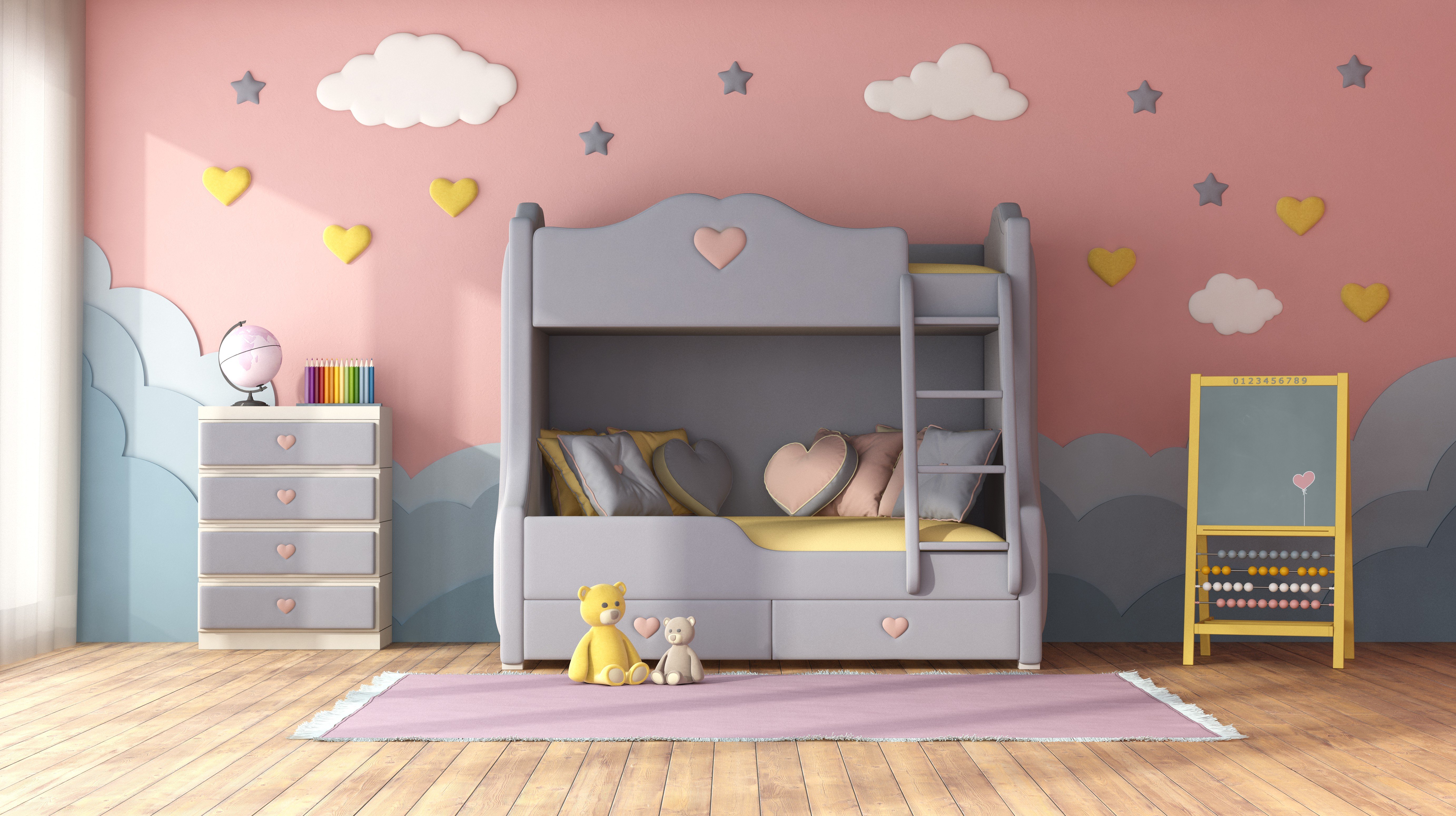Bunk Beds Sale: A Comprehensive Guide to Choosing the Right Bunk Bed for Your Home
Bunk beds have actually long been a staple in kids's bedrooms, using a combination of space-saving performance and fun. Whether accommodating Luis Arias or sisters, good friends on pajama parties, or merely maximizing a playroom, bunk beds have become an important aspect in modern-day family homes. As sales on bunk beds increase, it becomes significantly important for consumers to make informed decisions when purchasing one. This post will cover the fundamentals of purchasing a bunk bed, from types to safety features, along with suggestions for maintaining the integrity of your investment.
Types of Bunk Beds
When considering a bunk bed sale, it's essential to comprehend the different styles offered on the market. Below are the most typical types:
- Traditional Bunk Beds: These include two beds stacked one above the other, sharing a single frame. They are often the most cost-effective choice.
- L-Shaped Bunk Beds: This style includes one bed placed vertically and another horizontally. This arrangement creates extra space underneath the upper bed, which can be utilized for storage or a play area.
- Lofted Beds: Similar to traditional bunk beds however with no lower bed. Instead, the space beneath can be made use of for a desk, play location, or extra storage.
- Triple Bunk Beds: For households with a bigger variety of kids or frequent sleepovers, triple bunk beds provide three sleeping locations in a space-efficient style.
- Futon Bunk Beds: These designs merge bunk beds and futon couches. The bottom area converts into a different seating area, improving functionality.
- Convertible Bunk Beds: These beds can be separated into 2 specific beds, making them versatile as children's requirements alter gradually.
Table 1: Comparison of Bunk Bed Types
| Type | Description | Space Efficiency | Extra Features |
|---|---|---|---|
| Standard Bunk Bed | 2 beds stacked vertically | High | Simplest design |
| L-Shaped Bunk Bed | One vertical and one horizontal bed | Moderate | Play or storage space |
| Lofted Bed | Elevated bed with open space below | High | Work/play location |
| Triple Bunk Bed | Three stacked beds | Extremely High | Accommodates more users |
| Futon Bunk Bed | Bunk bed with a convertible futon | High | Multi-functional |
| Convertible Bunk Bed | Can be divided into two different beds | Moderate | Flexibility & & longevity |
Safety Features to Consider
Safety is paramount when investing in a bunk bed. Below are crucial security functions to try to find:
- Guardrails: Adequate guardrails must exist on both sides of the upper bunk to prevent falls. They should be at least 5 inches higher than the mattress.
- Ladder Design: Look for tough, broad ladders with slip-resistant rungs. Make sure that the angle is not too steep for simple access.
- Stability: Ensure the bed is constructed with strong materials, such as solid wood or sturdy metal. The bed needs to not wobble when in usage.
- Weight Limit: Check the weight capability of the bunk bed to guarantee it can accommodate the intended users safely.
- Product Safety: If possible, select beds made from non-toxic products or those satisfying security standards for kids's furniture.
Table 2: Essential Safety Features
| Feature | Description | Importance |
|---|---|---|
| Guardrails | Sides of upper bed to avoid falls | Important for kid security |
| Ladder Design | Strong, slip-resistant rungs | Help safe and easy access |
| Stability | Build quality to prevent wobbling | Makes sure safety and durability |
| Weight Limit | Maximum weight capacity | Prevents accidents |
| Product Safety | Non-toxic, safe materials | Protects children's health |
Upkeep Tips for Bunk Beds
To extend the life of your bunk bed and ensure continuous security, consider the following upkeep ideas:
- Regular Inspections: Periodically examine the structure for loose screws, bolts, or any signs of wear. Tighten up fasteners as required.
- Clean Periodically: Dust and tidy the surfaces frequently. Usage proper cleaners that will not damage the surface.
- Check Weight Limits: Be mindful of weight limitations, particularly with older kids or adults who might want to utilize the upper bunk.
- Avoid Climbing on Guardrails: Educate children not to use guardrails for climbing up or playing to minimize the threat of mishaps.
Frequently Asked Questions (FAQs)
Q1: What is the age limit for children to securely use bunk beds?A: While it varies by the manufacturer, numerous recommend that kids under 6 ought to not sleep in the upper bunk due to security issues.
Q2: How can parents prevent risky climbing?A: Setting clear guidelines about bunk bed usage and supervising kids can assist. Additionally, using a bed camping tent can dissuade climbing while creating a fun sleep environment.
Q3: What should I think about when embellishing a space with bunk beds?A: Ensure there suffices space around the bunk bed for safe movement, and make use of the decor to create individualized areas for each kid.
Q4: Is a lofted bed suitable for older kids?A: Yes, lofted beds can be suitable for older children as long as they meet safety requirements and the kid is responsible enough to utilize them securely.
Bunk beds serve a practical function while including an aspect of enjoyable to a child's bed room. As sales of bunk beds continue to rise, cautious factor to consider of types, security functions, and upkeep practices is vital for moms and dads and caretakers. By comprehending these crucial aspects, families can find the perfect bunk bed for their home, ensuring both usefulness and security for many years to come. Whether it's for brother or sisters sharing a space or developing a cozy pajama party space, a well-chosen bunk bed can offer joy and usefulness, making it a worthwhile investment.

